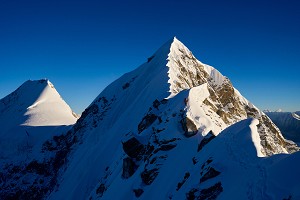
On the 13th October 2014 a lightweight Anglo-Russian expedition sponsored by the Alpine Club and the BMC set off to a remote region in Western Nepal. This was our first Himalayan expedition and unfortunately we were unsuccessful in climbing our objective.
Our objective
It was my idea to start with, after a successful expedition to Kyrgyzstan in 2012 I put the idea across to Alek to find an unclimbed north face in the Himalayas with a summit not exceeding 7k due to altitude experience. On top of this it should have a base camp on grass next to a little lake and clean running water. But then it should not be too far from the mountain and the route should be around alpine TD in grade, nothing harder than Scottish V ideally. So by this point you’re probably thinking this is a ludicrous idea, and Alek agreed with this, but due to his like of expeditions he started researching using google earth. Yes we are blessed with what we have to use for research today. We started looking for shadows in the mountains and then researching the shadows using Alpinet. Alek ended up forwarding me a set of 3 objectives that he had found. Our chosen objective we came across in the form of Patrasi 6450m, a sub peak of Kande Hiunchuli 6627m. Patrasi is in the Upper Dolpo region in the west of Nepal. Accessed from Jumla it incorporates a 50km walk in, crossing over a pass at 4942m.
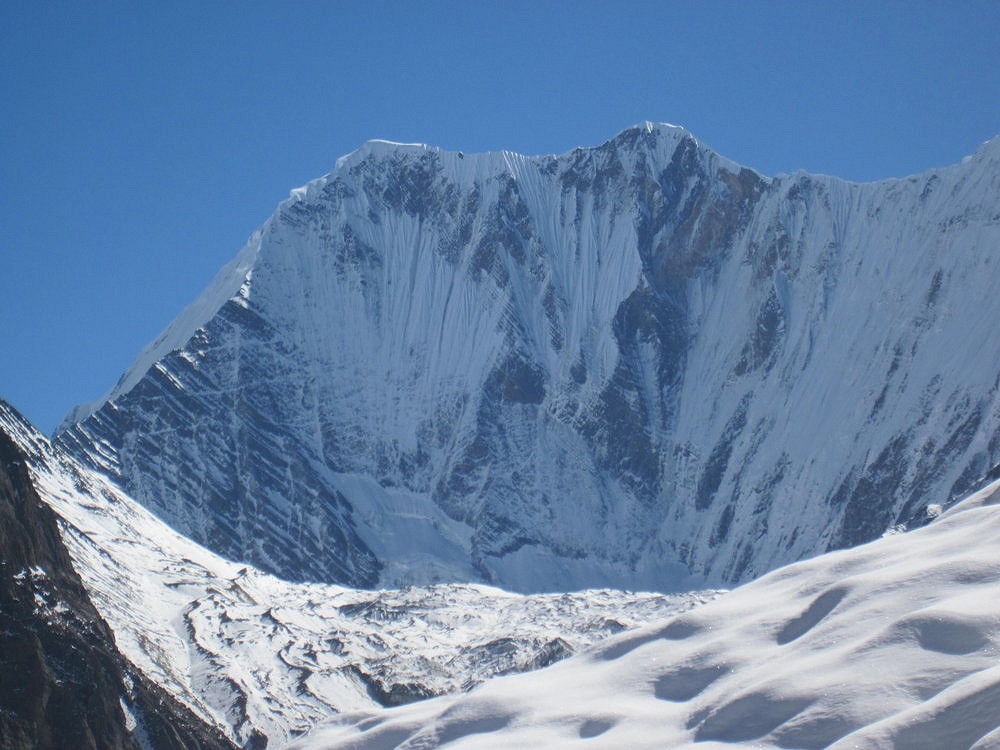
Our Story
Flying to Kathmandu from Manchester we arrive into Kathmandu late in the evening and after meeting our agent Gombu were taken to a Chinese Hotel in the Bhouda district of Kathmandu. The following day we went out in search of provisions both equipment and food before packing it into 4 rucksacks for our flight to Nepalgunj the following morning. Though in Nepal at this time of year it should be the dry season with stable weather, we were unfortunate to have a freak storm come through while we were in Kathmandu. This brought between 150 cm and 180 cm of snow to the mountains and was part of a large Indian cyclone which caused large problems in the Annapurna region. The following day we flew out of Nepalgunj to Jumla on a Twin Otter which carries about 18 passengers. Our two main bags had been loaded into the main cabin for stability of the plane and our flight began through cloud. When we came out of the cloud we passed about 25m above a col, personally a little close for comfort. The approach to Jumla lead us very close to some large tree lined mountains with the wing tip being less than 20m away from the side, this eventually lead to a steep bank and straitening up for the final approach to the runway, a 400m tarmac strip.
Our porters met us at the airport in Jumla and lead us back to the local hotel they were staying in. We ended up spending the rest of the day sorting our food and equipment into 5 bags. We had hired three porters from Kathmandu through our in country agent.
The following day we set off following the upper Karnali River towards Talphi and the Chaudabis Khola. Walking through farmland it was incredible to see a small insight into the Nepali life in an area not really spoilt by modern culture too much. Though there was an odd tractor or two in the valley most of the farming methods are un modernised with oxen powered ploughs working the fields, and all levels of society working to collect in the harvest. We observed several women and children carrying large bundles of cut grass that would later serve as winter fodder for the animals. I was impressed that they harvested everything, this included many of the steep slopes leading into the valley.
After a night spent at Talphi we headed out of civilisation and up into the Chaudhabis Khola which is a canyon that leads up into the higher mountains. The locals use the canyon for access to hunting terrain above which means we had use of a good path and bridges leading through steep cliffed terrain. Along the route you would get periodic shelters in caves and fire pits where the locals travelling would stop for a cooked lunch and at nights. I was extremely happy that, unlike an expedition in 2010 to Patrasi, we didn’t get caught in the gorge by the monsoon debris which left several of the bridges destroyed: They ended up using pine ladders and steep narrow cliff paths to traverse the gorge. Needless to say we were both grateful that we were not hit by this bad luck.
After escaping the gorge we followed the main valley higher up to a height of 4200m where our path to base camp climbed steeply into a hanging glacial valley and a col which we needed to cross to base camp. Unfortunately this is the point that the earlier cyclone came back to bite our expedition. The cyclone had deposited large quantities of snow which made the going difficult for the porters where only 2 of them had semi-suitable footwear for walking in snow. So after getting all our equipment to a height of 4500m our porters left us after 4 days of walking from Jumla. From this point we continued alone with heavy loads and were able to move all our equipment and food in 2 loads which relates to about 55kg each person. Ascending to the col at 4942m we proceeded to throw the bags down the other side and then half slide and drag them down to base camp valley. Though we adapted an unorthodox method of getting the bags down to the valley this certainly saved us a day of hard work slogging through deep snow with ankle braking boulders underneath. It was at this point that I was extremely glad we had adopted a lightweight expedition style. Though disappointing to lose the porters early if other events hadn’t gone awry this probably lead to a better level of acclimatisation further on in the expedition.
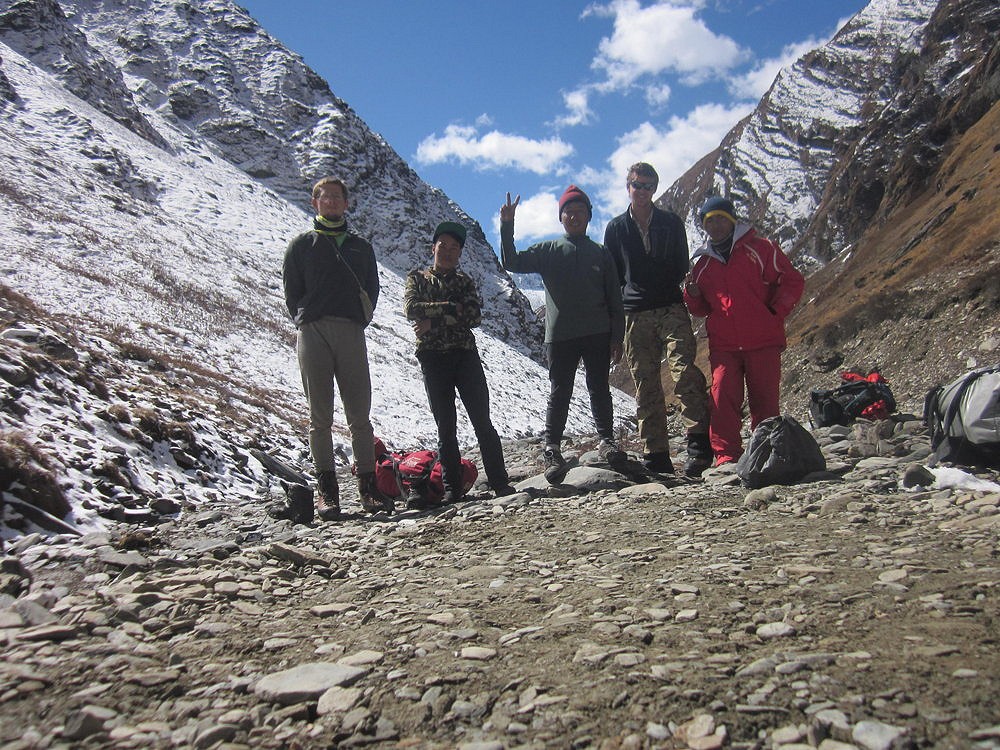
Base camp was excellent; we pitched it on a large grassy area about 2k away from the glacier. It was beside a small lake, on flat grass which was incredibly comfy in comparison to our previous glacier base camp on our 2012 expedition. With a couple of days rest we made a seated toilet for our comfort and for local environment hygiene. This is something I highly recommend, not only does it keep the area clean it much more pleasant for extended use.
After some rest we headed up onto the glacier towards our objective. Our base camp was in the valley at a height of 4200m and to get onto the glacier we had to ascend 900m to 5100m. This ascent was mostly on scree and deep snow, and a nasty combination it turned out to be. There appeared to be a couple of gully lines coming down from the glacier which were the safest lines of ascent. Unfortunately these had also accumulated large quantities of snow which slowed down our ascent speed. There was a section of the gully where progress was only possible via use of a shovel. Any upward movement was exhausting, with every foot placement collapsing, and many sending you down to a place below your previous gained footstep. Due to the unpredictable nature of the snow we ended up spending 2 days to get ourselves fully established onto the glacier. At this point we were biviing to allow us to move lightweight, a decision we had made back in the UK. We predicted the temperature was dropping to below -20 at night, however we were actually warm with our layering and sleeping system apart from our feet, which we placed in our rucksacks in any spare layers that we had.

Once established up on the glacier we spent a day of exploration around the glacial basin checking out routes of ascent and descent and also managing to get satellite phone communication (Throughout the expedition we had several problems with our satellite phone that we took, an Inmarsat model. It was affected by high sided valleys and every other mountain that wanted to get in the way.) After a full search we decided on two possible routes and then narrowed it down to one we decided to try.

The approach to the route was painfully slow progress due to deep snow, we were post holing in thigh deep snow. This was tiring work and we both started wishing there had been other members in our team for help share exhaustion. That night we slept in a shallow snowhole that I had dug in the side of a crevasse. Ironically I have always had bad luck with snowholes and this was no exception. The night was nasty due to large amounts of spindrift being blown down the face which threatened to bury us while we slept.
The following day we arose early and ascended up towards the bottom of the technical climbing. Our original plan had been to descend back to basecamp after this foray to rest before re ascending to attempt the climb. However this idea had been thrown out the window due to our progress in deep snow. We were carrying 6 days worth of food with us at this point. This day we managed to make an excellent pace of 50m an hour and in 5 hours of going ascended a total of 250m. A pace slower than trad speed. On the approach to the face we started getting patches of neve however this was interspersed with deep powder, ball bearings and every snow condition that made progress slow. By the top of the slope we had reached the main part of the face, however at this point Alek could not feel his toes and after taking off the boots to warm up discovered he had developed a mild case of frostbite on both big toes, partly due to a combination of deep cold powder snow and partly not warm enough footwear. So we escaped off the mountain without further incident.
After 5 days of rest and recuperation we set off down a previously unexplored route following the river valley down from base camp. This change of route filled 2 criteria, one our expedition was partially exploratory and two it meant that Aleks frost bite would not get a chance to refreeze crossing the col. As we set off down the valley I was carrying 40kg to support Alek, whose frost bitten toes had (fortunately) come out into blisters and were slowing him down on the rough terrain.
This was the second big mistake we made of the expedition, our route lead us into a canyon that though at first appeared small continued on for miles, but for exploring sake we continued down the valley above the canyon on steep sided slopes. At this point we had also entered a silver birch wood which slowed progress due to the stupidly large rucksacks getting caught on tree branches. This ‘short’ section of canyon became longer than anticipated and I ended up taking a short slip that ended up with the 40kg rucksack rolling down the slope a distance of 100m to be caught by a tree on the canyon edge above a 40m cliff.
That night, as it eventually got dark, we spent tied to a tree on the steep slope with no access to water and therefore no dinner. It was on this night I turned around and said to Alek, “When I said that I wanted an expedition that made the last one look tame, this is not what I had in mind.” The following day started with a steep climb over a landslide and then was followed by traverses of nasty big cliffs on loose terrain. Everything threatened to ditch us off the slope and down into the canyon below. After melting a small dirty patch of snow, the first water we had had for 20 hours, we continued into thicker undergrowth and the start of the dreaded Himalayan Rhododendron and a camp for the night.
Thus started our third day in the canyon. The previous day we estimated we had managed a grand total of 2km, and luckily this changed on this day as we followed local hunter ‘paths’. These paths were basically used footsteps and lead us over cliffs on the right side of the canyon passing patches of hard packed icy snow above steep drops. Indeed at one point we roped up on this Nepali ‘path’. We finished that day after a climb up a steep cliff covered in long thorns following the path that would go as about Diff as a UK trad climb before dropping down a steep muddy slope and sleeping on the river bed.
The fourth day in the canyon lead us past several large landslides with some lovely loose 'paths' traversing them, threatening to throw travellers into the river. It also took us across several bridges that the hunters had made. These were constructed by placing 2 pine logs side by side and then holding them in place with rocks. These bridges were scary to cross with 40kg on your back, however it was easier than taking off shoes to do a river crossing, though we did several of these as well. Famously, Alek crossed the first one of these (Bridge I) on his backside, making a suitably picturesque hole in his trousers (thermal leggings), a mistake he didn’t try to repeat.
After four nights spent in the canyon, we eventually made it out and ascended up to Dolphu. Dolphu is a village in the Mugu district of Nepal. It is a restricted district and therefore has very few westerners coming through the area. By this point 4 nights in the canyon had practically killed us and we decided to take the villagers offer of taking a guide. At this point we had finally managed to get satellite phone signal for the first time in over 10 days and relieved parents by letting them know we were still alive.
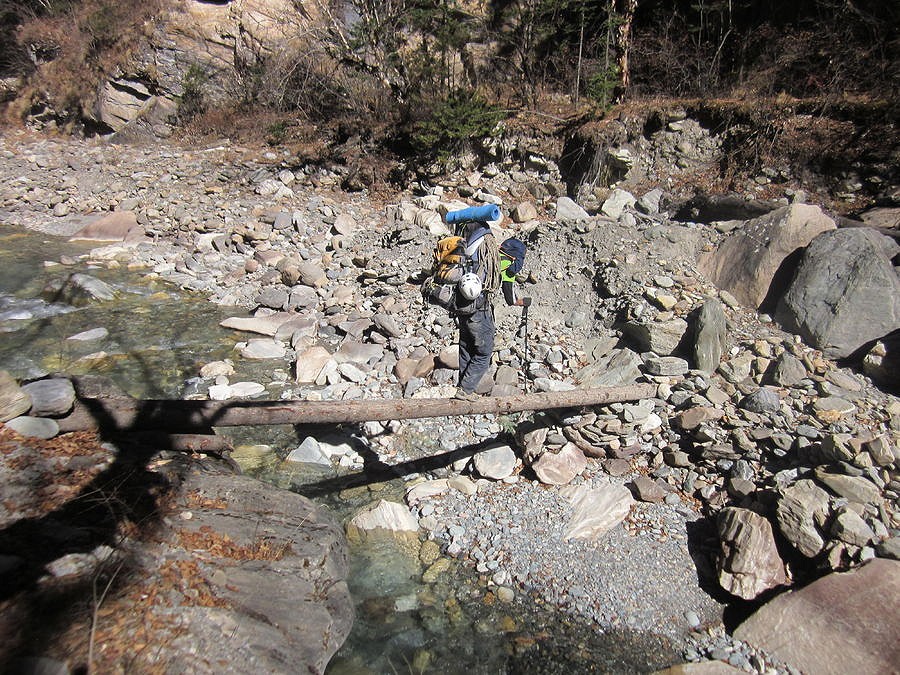
We decided to try and change out flights and fly from Rara Lake instead of Jumla. I arrived at the airport first, and upon first acquaintance it appeared to be a quarry, however this sloping gravel surface perched on the hill top is actually the runway and serves several small flights a day. Luckily the airport had some local hotels, a local police force and a shed that served as a terminal. The following day we went to the police station to sort out garbage removed from the mountain and had a very pleasant conversation with the commander there who happily sorted out our change of flights and offered us tea and food. The airport runway, while in use, is surrounded by the local police who guard it from local cows and chickens by chasing them off it with wooden sticks, a truly hilarious sight in this day and age. This airport must truly be the best airport any of us had flown from, being so relaxed compared to every other airport.
What we learned from this expedition
The expedition became more of an adventure than a climbing expedition in many ways. Compared to our last expedition it was hard, very very hard, both physically and mentally. However we will certainly learn from our mistakes.
First and foremost, better boots are a priority on an expedition like this. Though only Alek got frostbite, both of our boots weren’t as warm as they should have been for the conditions. Seeing as I own a pair of plastic boots, it was stupid thinking I could get away with less. My boots with the inbuilt gaiter would have been warm enough if we had not had deep powder to deal with; however your whole morale is better when you have warm feet, or even hot feet. Chancing that our boots would be warm enough lead to the failure which we experienced, and for everything below the snowline you can use a pair of trainers.
When we got onto the mountain properly we had a small stove system powered by gas to melt snow and cook on. The cold temperatures we faced it, meant it lost heat between the burner and the pot, and wasn’t heating water quick enough. Therefore I would in future think about a jetboil type system where the burner is integrated with the pot for maximum efficiency. The other advantage being it would be easier to use in enclosed spaces or on uneven ground.
The final change I would make with equipment is not taking a bivvy bag for above base camp. Though I was warm enough with the system we adopted it is a system that works well in the Alps for maybe 2 or 3 nights out. Our issue was we were out for an extended time and having a single skin tent would extend comfort and probably keep you warmer when cooking or faffing, so better comfort.
The food we ate on the expedition was certainly the best combination of food either of us had eaten on an extended outdoor trip. We shared about 1800g of food between us per day. This was partially dried, however contained chorizo and cheese in large quantities. Dried sauce packets of different varieties, certainly added great flavours.
We both agree that with this expedition, despite much better organisation, every stage was a battle. The mountain did not concede a single step of its territory without a fight. At first we thought that it was like a test- that once we had put in enough effort, the gates would open and we would be treated to a red (or hopefully blue) carpet of marvellous snow and ice straight to the summit. Just one more step, just one more night, just one more vertical meter and this never-ending crux will be over and we will have our reward! How naïve! Clearly that this is just how it is; sometimes every step is a battle, and to succeed, it is necessary to fight, and win each and every battle.
On the trek out we were incredibly privileged to be invited into some of the homes of locals in the Mugu District. Due to the restricted access into these regions we believe we are some of the very few westerners who have been invited into these homes. Though being incredibly poor they have some of the most expensive new smartphones out at the moment. The alcoholic Gin drink they made was incredible and very refreshing, it was made by fermenting juniper berries, but luckily they don’t then distil it.
We both commented on the beauty of the area. Standing in Dolphu looking across to the mountains fills you with a great deepness and awe of the area.
The expedition created a change on thoughts about life and hardships within me, I know I can live with very few modern luxuries and feel better off for it; however a hot shower was the most incredible thing on return to modern life.
- To read more about this expedition you can check out the EXPEDITION WEBSITE

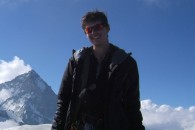

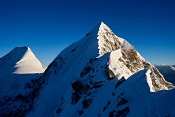
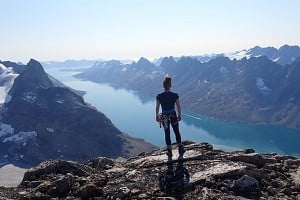
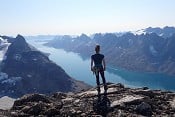
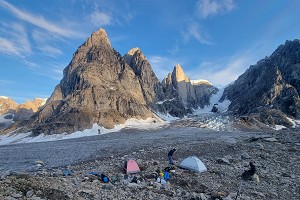
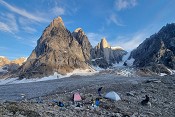






Comments